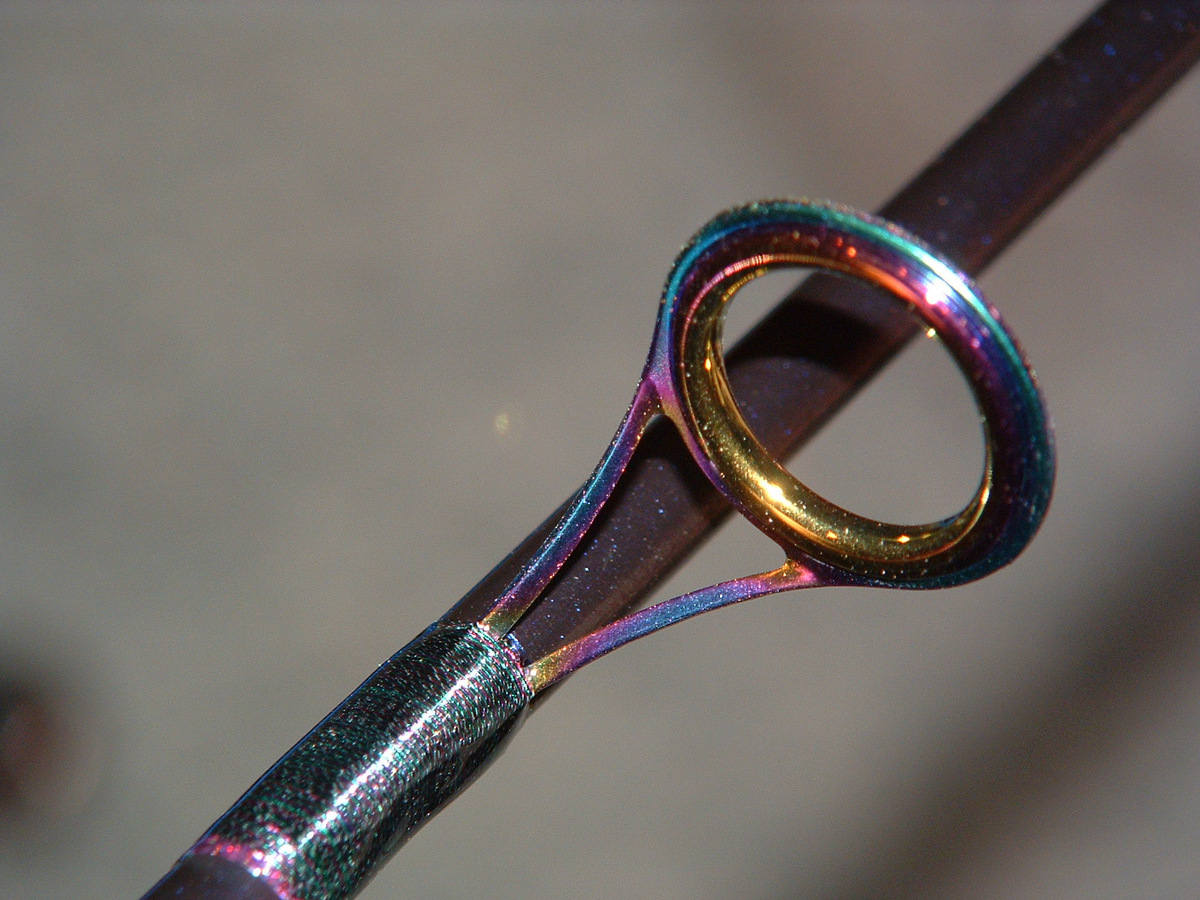
As an angler, you undoubtedly understand the importance of a high-quality custom fishing rod to elevate your fishing experience. With the precision, durability, and personalization that custom fishing rods offer, they are a valuable investment worth preserving. In this comprehensive guide, we will share our expertise on proper cleaning and maintenance techniques to ensure that your custom rod stays in top shape for years to come. A well-maintained rod not only guarantees peak performance but also protects your investment and allows you to enjoy unforgettable fishing experiences for longer durations.
One crucial aspect of maintaining your custom fishing rod involves regular cleaning and inspection, especially after fishing in saltwater environments. Doing so helps prevent rust, corrosion, and any potential damage that might hinder your rod’s performance. Additionally, correctly storing your rod when not in use is vital to ensure its longevity and prevent any damage resulting from unfavorable conditions or accidents.
This detailed guide will break down the step-by-step process to clean your fishing rod effectively and share crucial advice on storage and transportation practices. We will also highlight practical tips for keeping your rod’s components—such as guides, reel seats, and handles—in excellent condition, ensuring that your custom fishing rod remains reliable and efficient throughout its lifespan.
Maintaining a clean custom fishing rod is essential not only for its appearance but also for its performance and longevity. Here is a detailed, step-by-step guide to cleaning your rod effectively:
1. Disassemble the rod and reel: Detach the reel from the rod and remove any line from the guides to prevent any damage or entanglement during the cleaning process.
2. Clean the rod blank: Using a soft sponge or cloth dampened with warm, soapy water, gently clean the rod blank by wiping it down from the tip to the handle. Be sure to reach all sections, including the area under the reel seat and around the guides.
3. Clean the guides: Run a cotton swab dampened with isopropyl alcohol through each guide to remove any residue, salt, or debris. If possible, inspect the guides for any damage, crack, or wear with a magnifying glass or a cotton ball—if it snags, the guide may need repair or replacement.
4. Clean the handle and reel seat: Use a mixture of mild detergent and warm water to clean the handle and reel seat gently. If your handle is made from cork, avoid using harsh chemicals or abrasive scrubbers as they can damage the soft material.
5. Dry and lubricate: Once the entire rod has been cleaned, use a clean, dry cloth to remove any excess water or soap. Apply a light coat of rod-and-reel lubricant or oil to the metal parts of the rod, such as the reel seat and guide feet, to protect against corrosion.
6. Reassemble: After the rod has dried completely, reattach the reel and line, checking that all components are secure and functioning properly.
Proper storage is critical in maintaining the condition of your custom fishing rod. Here are some essential tips for storing your rod effectively:
1. Always store your rod in a cool, dry area, away from direct sunlight or heat sources.
2. Use a rod sleeve, sock, or cover to protect the rod from dust, dirt, and damage.
3. Store your rod in an upright position or horizontally, supported at multiple points to avoid bending or warping the blank.
4. When storing your rod for extended periods, loosen the drag on your reel to reduce tension on internal components.
5. Inspect and clean your rod before and after storage to ensure it remains in top condition, ready for your next fishing adventure.
Transporting your custom fishing rod requires care and attentiveness. Follow these tips to protect your rod from damage during transit:
1. Invest in a quality rod tube, case, or protector that is designed to protect your rod during transport.
2. When traveling by car, secure your rod to prevent movement and minimize the risk of damage from bumps or sudden stops.
3. If flying, ensure that your rod case meets airline requirements for checked luggage or carry-on items. Alternatively, consider using a hard-shell rod tube designed specifically for air travel.
Routine maintenance and inspection will help you detect and address any issues before they escalate, ensuring your custom fishing rod remains in top condition. Here are some tips on effective ongoing maintenance:
1. Inspect your rod and its components regularly, paying particular attention to the guides, reel seat, and handle.
2. Replace any damaged or worn guides, as they can cause line damage and reduce casting distance and accuracy.
3. Keep your reel clean and well-lubricated in accordance with the manufacturer’s guidelines.
4. Check the rod blank for any signs of stress or fractures, especially near the tip, ferrules, and joints.
Taking the time to care for and maintain your custom fishing rod will ensure its longevity and optimum performance on the water. By following these valuable cleaning and maintenance tips, you can protect your investment and enjoy countless unforgettable fishing experiences with a reliable and efficient fishing companion. For those looking to elevate their angling game, discover our range of handcrafted, top-of-the-line custom fishing rods at LakeLady Custom Fishing Rods and experience the difference a well-maintained, high-quality rod can make.